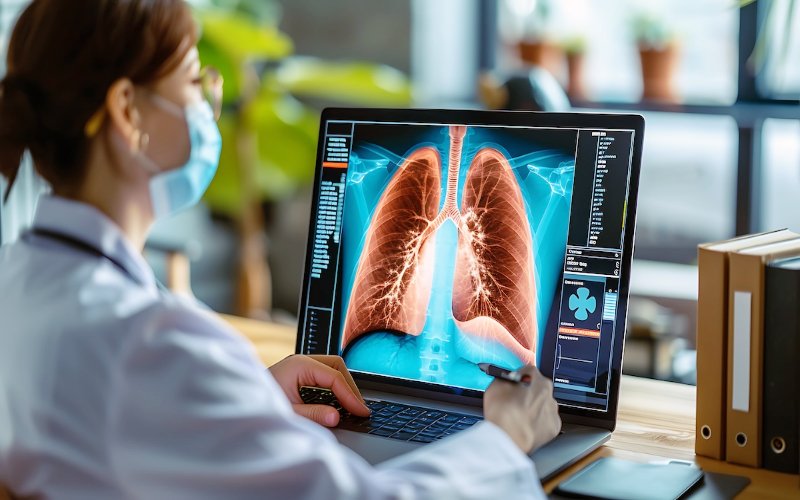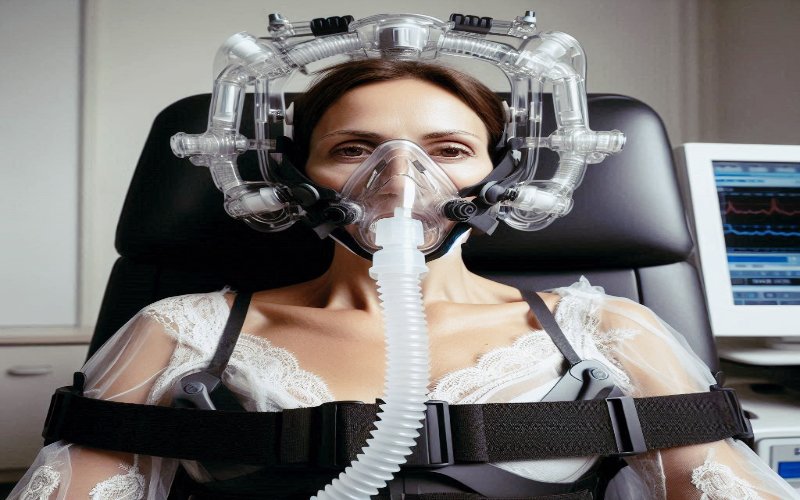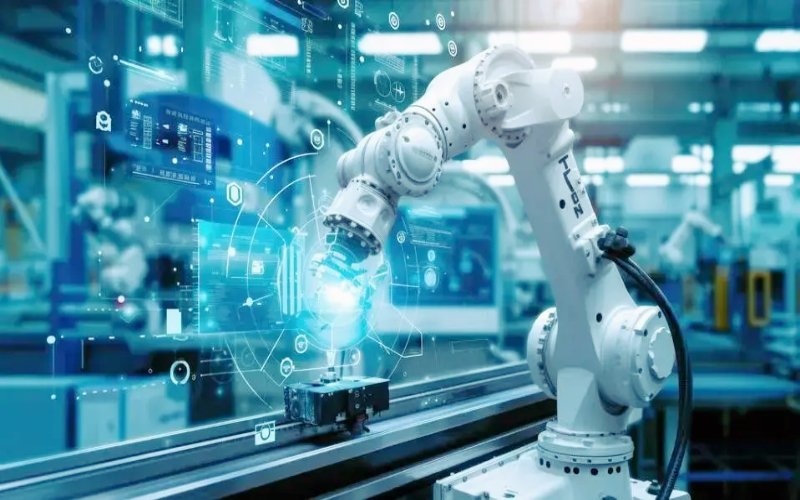Introduction
AI-powered medical diagnostics is revolutionizing how we approach disease detection and treatment. By leveraging advanced algorithms, this technology is reshaping the way medical professionals analyze data, detect conditions, and deliver personalized care. In this article, we’ll explore what AI-powered medical diagnostics entails, its real-world applications, benefits, challenges, and its impact on the future of healthcare.
What Are AI-Powered Medical Diagnostics?
At its core, AI-powered medical diagnostics refers to the use of artificial intelligence systems to analyze complex medical data. These systems can process vast amounts of information—such as imaging scans, lab results, and patient histories—far quicker and more accurately than humans.
For instance, AI can detect anomalies in medical images, such as tumors in mammograms or irregular heart rhythms in ECGs. By identifying patterns and correlations that might be missed by human eyes, AI helps healthcare professionals make more accurate diagnoses and earlier interventions.
How AI-Powered Medical Diagnostics Is Changing Healthcare
Why AI Is a Game-Changer in Diagnostics
AI-powered medical diagnostics is transforming healthcare due to its speed and precision. Traditional diagnostic methods often rely on a healthcare provider’s expertise and the availability of resources, which can sometimes lead to delays or errors. AI systems eliminate these bottlenecks by analyzing data in seconds and offering insights backed by evidence-based algorithms.
Take, for example, Google’s DeepMind, which is capable of detecting eye diseases with exceptional accuracy. Similarly, IBM Watson is helping identify rare genetic disorders by combining DNA analysis with patient symptoms. These tools are not replacing doctors; instead, they are enhancing their ability to provide timely and accurate care.
Real-World Applications of AI-Powered Medical Diagnostics
AI in Radiology and Imaging
AI-powered tools are revolutionizing radiology by assisting in the analysis of X-rays, CT scans, and MRIs. Companies like Zebra Medical Vision and Aidoc are using algorithms to detect conditions such as fractures, strokes, and cancers. This not only speeds up diagnosis but also reduces the workload on radiologists, enabling them to focus on complex cases.
AI in Pathology
In pathology, AI is being used to examine biopsy samples for cancer or other diseases. Machine learning models can identify cancerous cells with exceptional accuracy, ensuring early diagnosis and reducing the risk of human error in critical cases.
AI in Primary Care
AI-powered medical diagnostics is also transforming primary care. Tools like Babylon Health and Ada Health act as pre-screening platforms for patients. While these systems don’t replace medical professionals, they provide initial guidance, helping patients decide when to seek further care.
Benefits of AI-Powered Medical Diagnostics
Early Detection
One of the most significant benefits of AI-powered medical diagnostics is its ability to detect diseases at their earliest stages. For conditions like cancer, where early intervention is crucial, AI provides an invaluable tool to improve survival rates.
Improved Access to Healthcare
AI is bridging healthcare gaps, particularly in underserved or remote regions. By offering diagnostic support in areas where specialists are scarce, AI ensures that more people receive timely care.
Personalized Medicine
AI analyzes individual patient data to suggest personalized treatment plans. This approach tailors medical care to a person’s unique genetic makeup, lifestyle, and medical history, leading to better outcomes.
Challenges in AI-Powered Medical Diagnostics
Data Privacy and Security
AI relies heavily on data to function, but this raises concerns about patient privacy and data security. Ensuring that sensitive health information is stored and used responsibly is a critical challenge for widespread adoption.
Integration Into Clinical Workflows
For AI-powered medical diagnostics to be truly effective, they need seamless integration into existing healthcare systems. Training medical staff to work alongside AI tools and overcoming resistance to change are key hurdles.
Ethical Considerations
AI’s ability to diagnose conditions raises ethical questions, such as who is accountable when an AI system makes an error. Defining clear regulations and guidelines is essential to address these concerns.
Future Trends in AI-Powered Medical Diagnostics
Enhanced Predictive Analytics
As AI systems evolve, they are expected to move beyond diagnosis to prediction. For example, algorithms may soon predict the likelihood of developing chronic conditions like diabetes or heart disease, allowing preventive measures to be taken.
Greater Integration With Wearable Devices
Wearable health devices are generating vast amounts of real-time data, which AI systems can analyze to provide continuous health monitoring. This integration will further enhance the scope of AI-powered medical diagnostics.
Democratization of Healthcare
The adoption of AI in diagnostics is likely to make healthcare more accessible and affordable, particularly in developing nations. By reducing reliance on specialized human expertise, AI tools can bring quality care to more people.
Conclusion
AI-powered medical diagnostics is reshaping the healthcare landscape, offering unparalleled benefits such as early disease detection, personalized treatment, and improved access to care. Despite challenges like data privacy and ethical considerations, the potential of this technology is immense. As AI continues to evolve, it promises a future where healthcare is faster, smarter, and more inclusive.
By embracing these advancements, we move closer to a world where lives are saved and healthcare becomes accessible to all.
Also visit on techitl.com.




